[ad_1]
Privacy, avant-garde and a series of numbers left to be discovered, this is the rundown on one of the most coveted brands in fashion—Maison Margiela
A label held together by four stitches on the back of every piece of garment and accessory, one could only ever know the item is from the Maison Margiela unless you pay attention to it and know its meaning. This symbol would over time become synonymous with the deconstruction of clothing as an aesthetical purpose—an intent held very closely under the helm of the greatest and most mysterious designers of the 20th and 21st century: Martin Margiela.
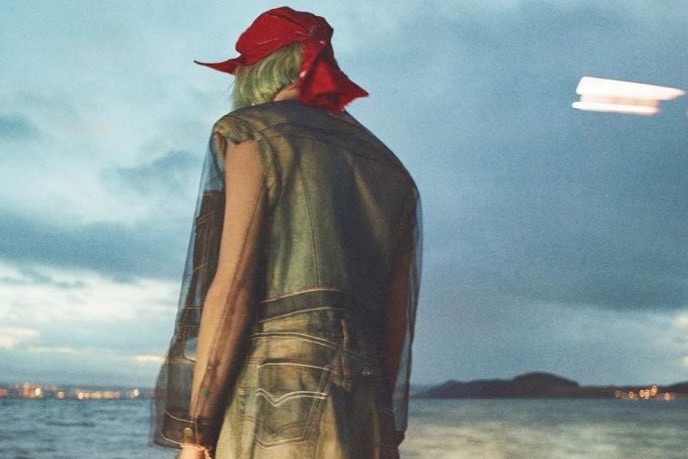
It didn’t take the Belgian-born designer long before setting down his own unique roots in fashion. He graduated from the Antwerp’s Academy of Fine Arts and then got a three-year stint as renowned designer Jean Paul Gaultier’s design assistant. Suffice to say, Gaultier was that impressed with Margiela’s graduation collection. In 1988, he founded the iconic namesake label—then Maison Martin Margiela—in Paris with Jenny Meirens.
“Fashion’s invisible man”
So goes the title given by the New York Times, but rather than it stirring up controversy, Margiela’s decision to steer away from cameras and interviews garnered the fashion label a significant amount of attention due to the allusions he had set in place. After all, the first—and only—photograph to have been taken of the designer (which still remains unconfirmed) was by Marcio Mendira in 1997, 10 years after establishing himself within the industry. Even press statements are signed off with the pronoun “we” to this day.
The direction definitely set a precedent for the designer, urging a movement for avant-garde deconstruction and a quiet sense of discretion all while being loud—a dichotomy that was accepted by the masses. The real intention was to reset the focus on the clothing, rather than the personality behind it. But it wasn’t hard to keep your eyes on a Margiela piece.
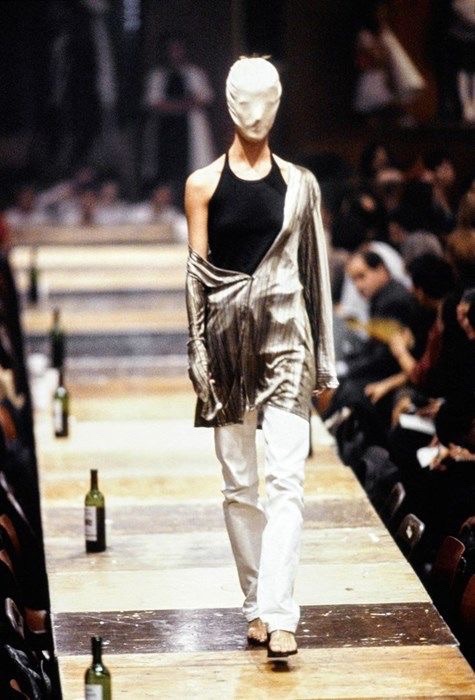
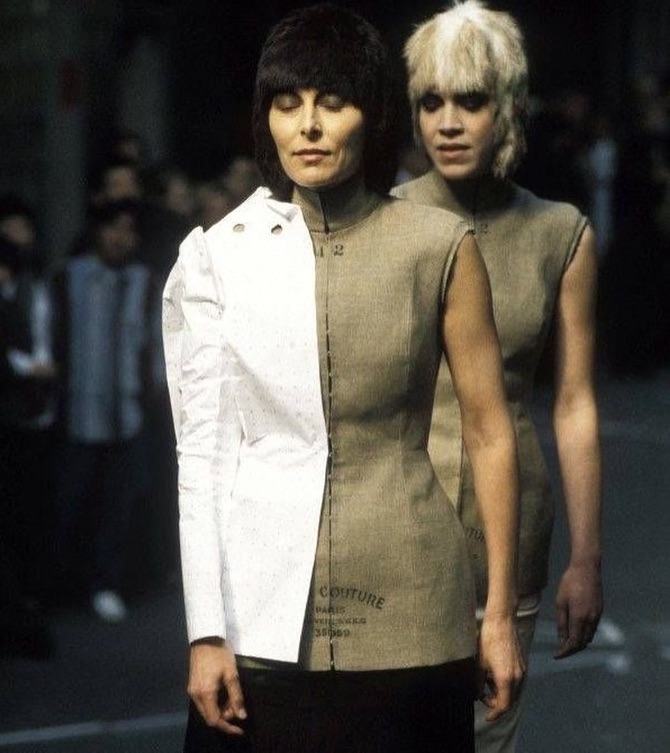
Being a disruptor to the fashion aesthetic of the time, where clothing pieces were featured in cleaner cuts and polished finishings to mimic dressing up for high society, Margiela offered the opposite. Garments were intentionally left unfinished, seams were left on the outside of clothes, threads hung loose and certain skirts and dresses were repurposed from the most unassuming of items while keeping the intent of deconstruction at its helm.
So when you choose a Margiela piece, it’s because you value the work, the vision and the quality. You see the beauty behind exposed linings and seams, the sculpted (and sometimes boxy) silhouettes, and the unconventional textures and materials. Two words: deconstructed fashion.
Margiela: A visionary in deconstruction
Martin Margiela changed the narratives in regards to the deconstruction of fashion. Throughout his time at the label, he formed a movement that is still widely recognised to this day in other fashion houses as well. The anti-fashion thesis can be seen coming from designers like Rei Kawakubo (founder of Comme des Garçons) and Dries Van Noten.
However, from the beginning to present day, pieces from the house of Margiela are seen as unattainable and, simply put, cost a fortune. But when the main factor is the craftsmanship behind them, it’s easy to understand why. Having led his Maison as a seeker for higher meaning when it came to constructing clothes, his craftspeople furthered this goal by borrowing elements from the past and translating them into newfound garments that hold a revamped meaning for the present and future.
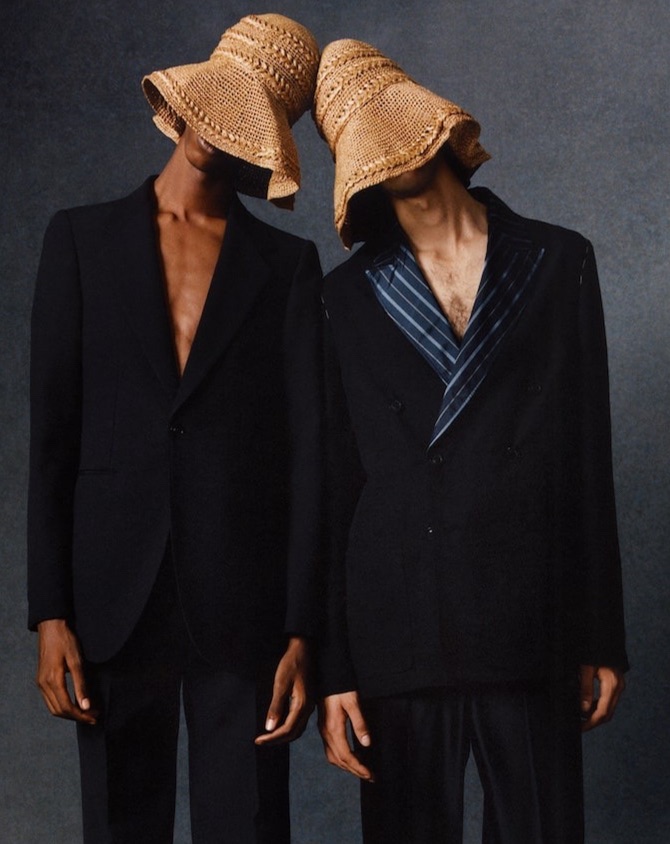
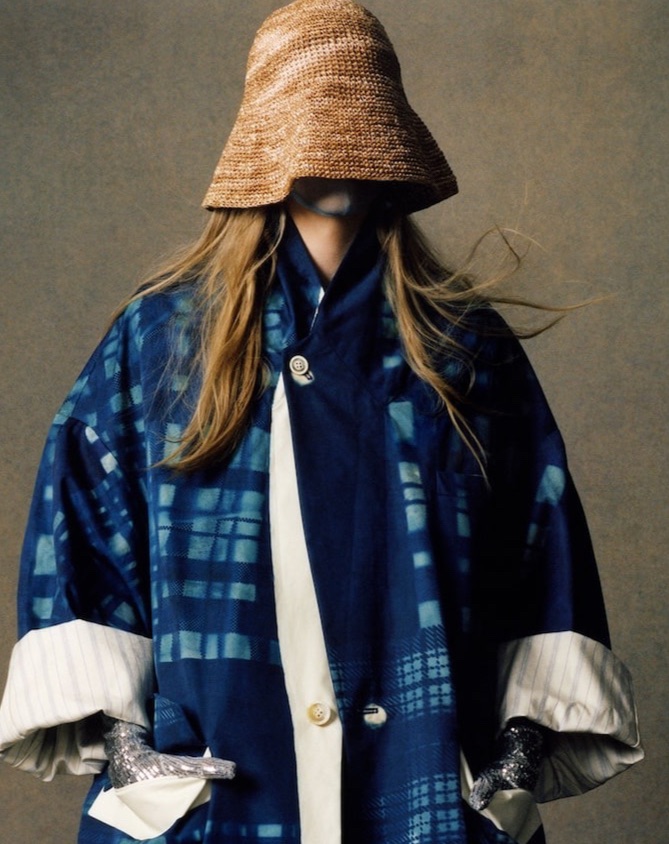
AnOtherMag shares that the designer and his team would scour the ends of the world for fabrics and materials to be used in their clothing. As of 2006, in response to the success the label was garnering, the Maison’s Artisanal line curated pieces like a tunic that was hand-constructed out of faux gold rings. Leather belts on the other hand were undone and brought back together to curate a pair of trousers.
Despite the fact that the house insisted the Artisanal collection was not of haute couture status, Maison Martin Margiela was recognised by the Haute Couture appellation from the Federation Francaise de la Couture in 2012 thanks to it.
A new era for Maison Margiela
Martin Margiela was so “invisible” that the designer abruptly resigned—or rather retired from the fashion world—in October 2009, leaving the label without a creative director for several years before John Galliano, whose previous experience included serving at house of Christian Dior and Givenchy, took over in 2014. Despite the lack of a creative lead, the label and its anonymous team continued to please and garner revenue. The Guardian reports that the only advice Martin Margiela gave Galliano was to “make it your own”.

For starters, Galliano trimmed the name ‘Martin’ in 2015. This was done to mark the change occurring within the Maison, all while recognising the commercial pieces that subsisted with the well-regarded Artisanal collection. The ethos of function that was practised within the Maison, however, still carries on today with a Galliano creative and quirky flair.
The meaning behind Maison Margiela’s numbers
Each number on the label refers to a different collection altogether. While spanning between 0 to 23, not all of the numbers are in use. Here’s what they signify:
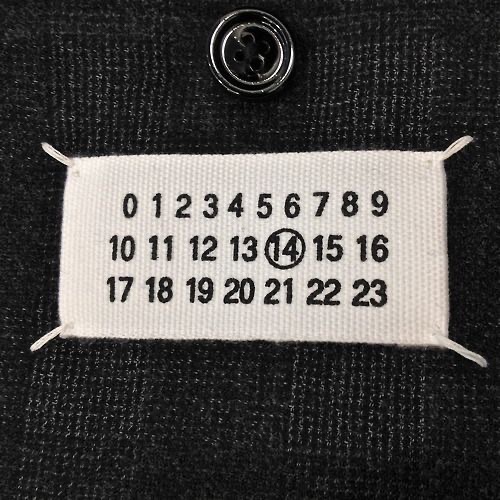
0 – Garments remodelled by hand for women
0 10 – Garments remodelled by hand for men
1 – Women’s collection
3 – Fragrances
4 – Women’s wardrobe
6 – Gender-neutral garments (also known as MM6)
10 – Men’s collection
11 – Unisex accessories
13 – Objects and publications
14 – Men’s wardrobe
22 – Shoes for both women and men
SHOP: Iconic/Must-have Maison Margiela pieces
1. Brown slip-on Tabi loafers
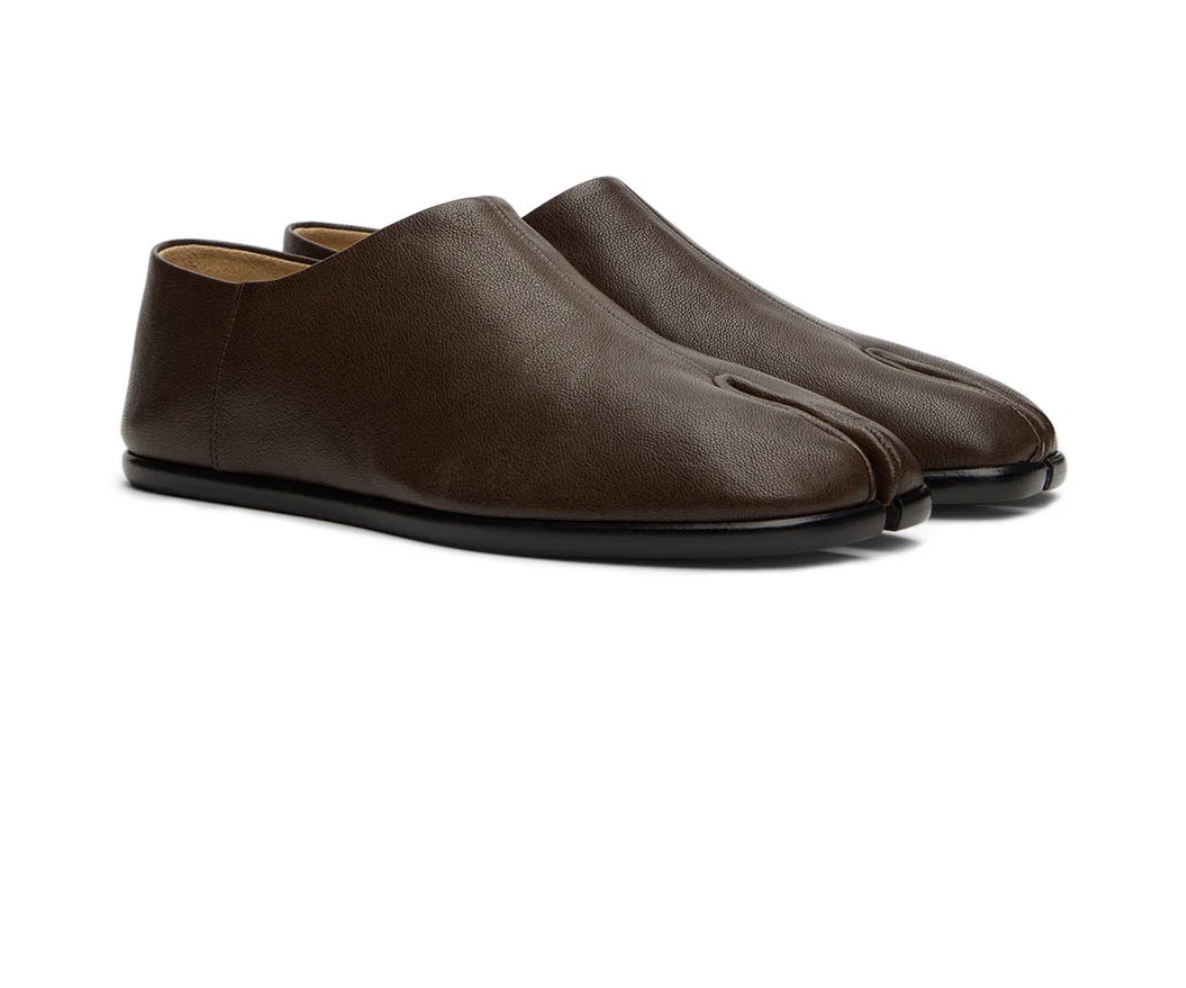
The Tabi shoes are one of the most fashionably iconic and discernable shoes in the fashion world. Shaped like a camel’s toe, Margiela himself was the one who brought this shoe to life. He was inspired by the tabi sock that was a product due to an influx of cotton imports in 15th-century Japan.
2. Maison Margiela ‘Kiss’ Shirt
HISTORY: The Maison Margiela ‘Kiss’ Shirt from 2007pic.twitter.com/LnaENudRt0
— Outlander Magazine (@StreetFashion01) April 21, 2020
The Maison Margiela ‘Kiss’ Shirt is so iconic that it’s considered a rare find today. You’ll be lucky to find one and even if you do, expect to fork out around US$11,000. Fun fact: The kisses were said to have been placed by one of Margiela’s seamstresses. Of course, you can always recreate one yourself by purchasing this shirt from the Maison—and get a little help for the kisses from someone.
3. Beige leather phone pouch
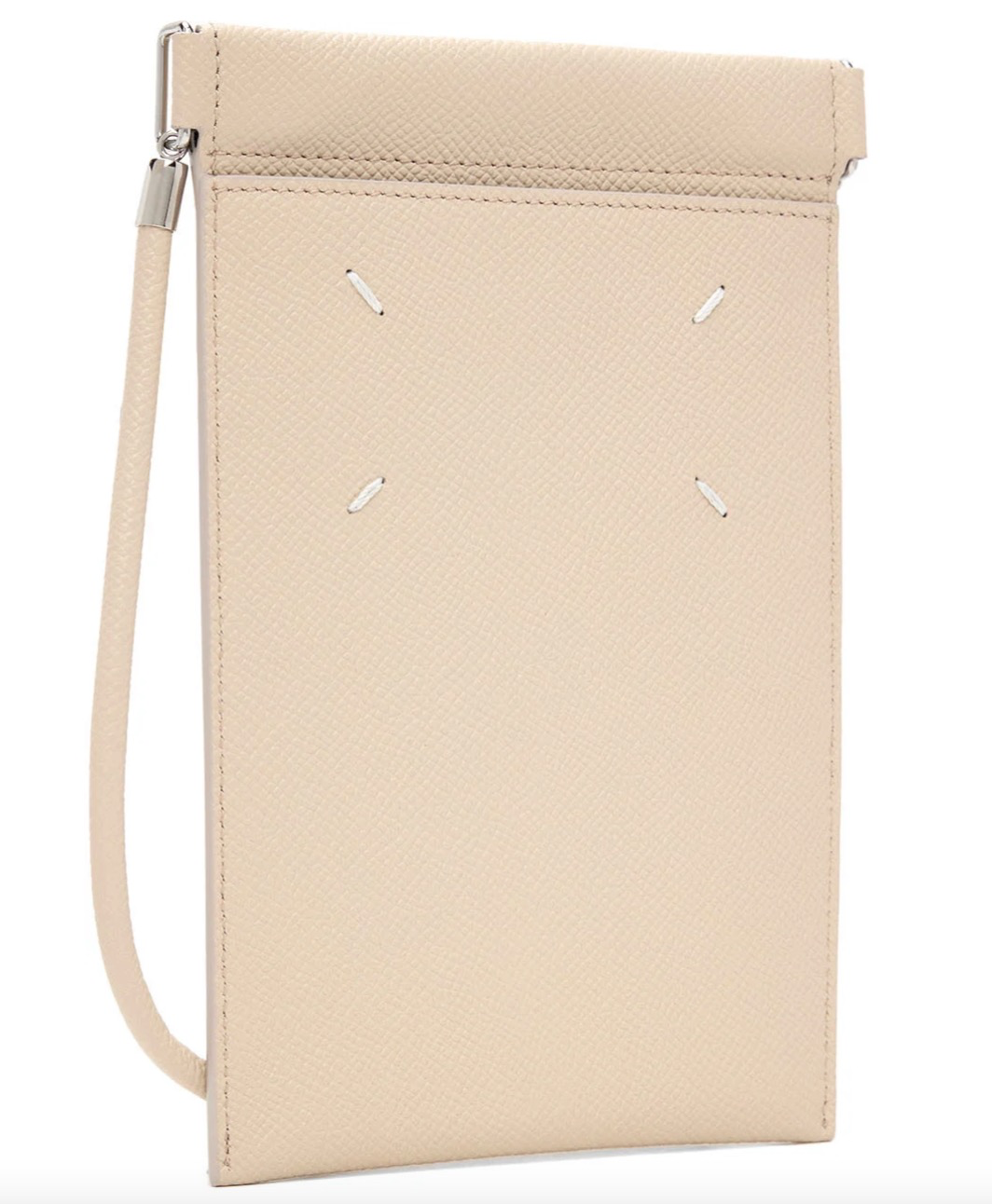
Easy, accessible and necessary for any night (or day out), a pouch is a practical must-have. If you’ve yet to own a Margiela piece, why not start with this noteworthy item for its quiet take on the brand? Spot the very visible four signature white stitching on the back of the pouch.
4. Logo-embroidered cotton-jersey T-shirt
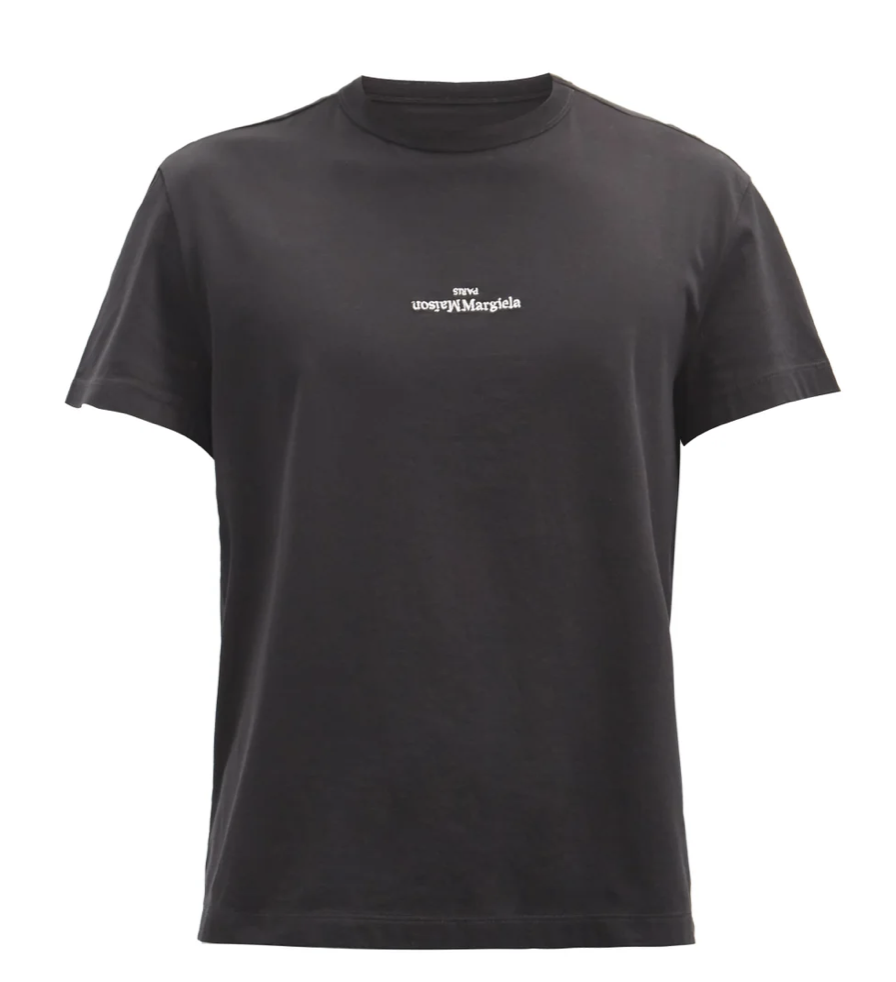
If you’re looking for something simple from Maison Margiela, consider the logo tee. Made from cotton, the T-shirt features an ironic take of the Maison’s logo, having it displayed upside down.
5. Green cotton shirt
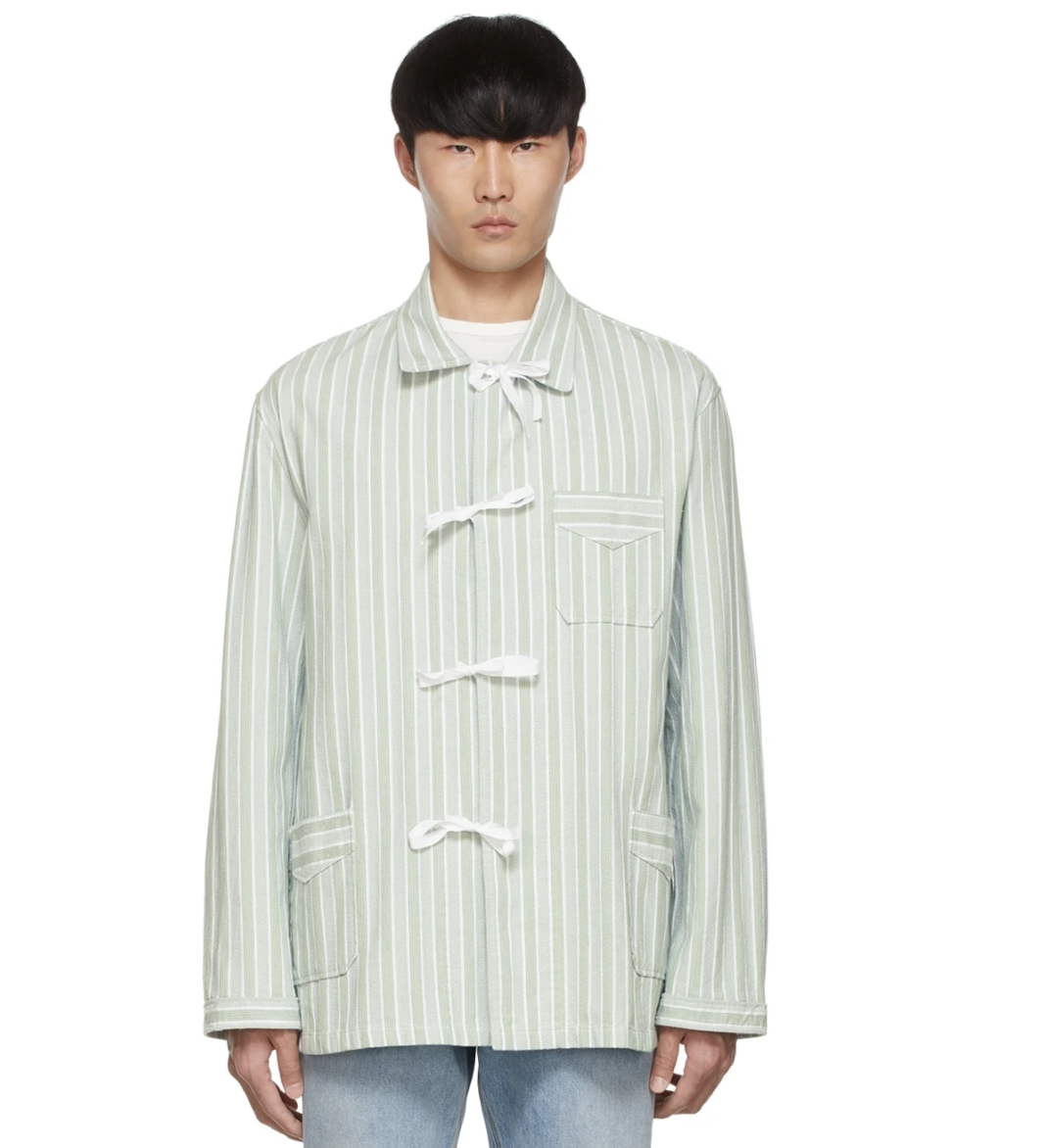
This is a particularly interesting piece. It’s 100 per cent cotton, features three patches of pockets, and in place of buttons is a series of self-tie ribbon closures. You’ll find the iconic four stitches on the strap at the back.
For more fashion stories, click here.
[ad_2]
Source link

More Stories
Top Fashion Icons of 2025 That Stole the Spotlight
Best Dressed Celebrities of 2025: Who Ruled the Red Carpet?
Fall Fashion Trends 2025 That Are Totally In